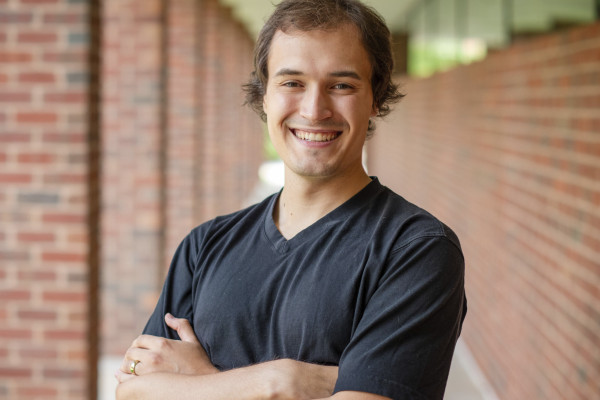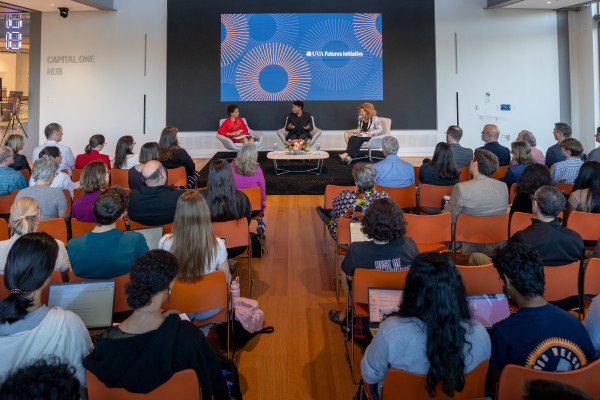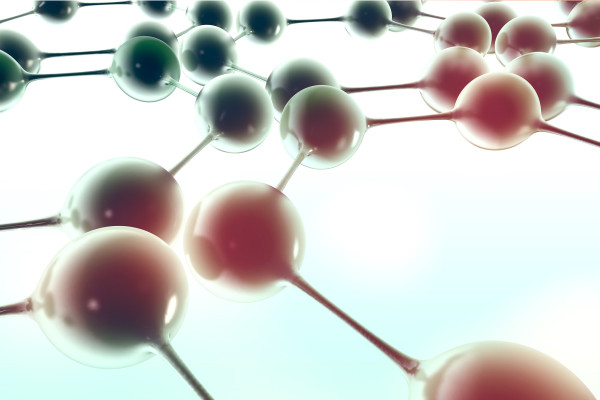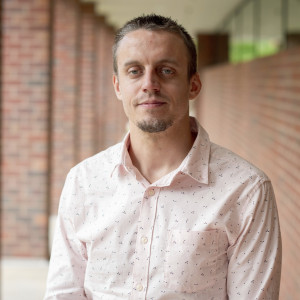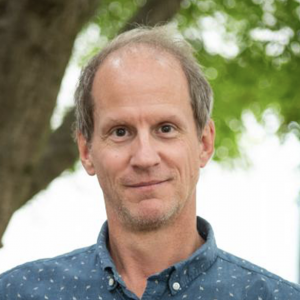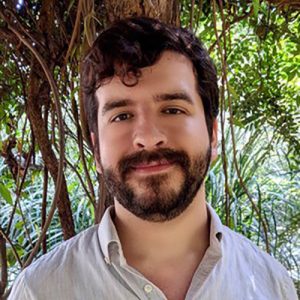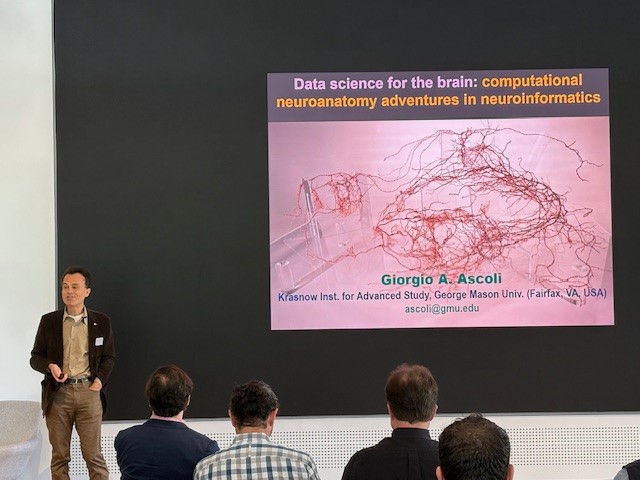
UVA Symposium Highlights How Data Science Can Unlock ‘Mysteries of the Brain’
Experts in applying data science to research of the brain gathered at the University of Virginia’s School of Data Science, demonstrating the wide range of empirical work being done at UVA in this critical area.
The Brain in Data Science Symposium featured scholars from throughout the University, including the School of Data Science, the Department of Radiology and Medical Imaging, and the Department of Electrical and Computer Engineering, an illustration of the importance of interdisciplinary research to better understanding brain processes and functioning.
The symposium aimed to build connections among researchers, highlight new discoveries, and showcase how UVA could help lead advances in this field.
In introductory remarks, Phil Bourne, founding dean of the School of Data Science and a biomedical researcher, urged those gathered to think about how UVA could distinguish itself in this area.
He cited the importance of collaboration and resources to achieving significant scientific breakthroughs, adding that he believed UVA was now positioned to think on a large scale: “I think we are in a better research position at this University than at any time since I’ve been here.”
Bourne challenged the researchers in the room to ask the “big questions” around how brain networks affect consciousness and behaviors.
“Actually posing those as specific questions to try and answer is clearly an enormous endeavor, but an enormous opportunity,” Bourne said.
Lori McMahon, vice president for research at UVA, discussed the expanded opportunities increasingly available for brain research, noting that even the National Science Foundation — which, she said, typically hadn’t funded research into neurological diseases like Alzheimer’s or Parkinson’s at a significant level — has demonstrated recently that it understands “the need to train data scientists to solve the mysteries of the brain.”
Like Bourne, she also noted that this was a “pivotal time” for research at UVA and that events like the symposium showed what was possible “when we take groups of people who are approaching a problem from a different perspective to understand the frontier — how the brain is working.”
The gathering featured research presentations from a variety of scholars whose work captured how vital data science can be to illuminating how the brain functions.
The talks were preceded by keynote remarks from Giorgio Ascoli, a professor of bioengineering and neuroscience at George Mason University, who discussed his ongoing work focused on examining the brain at the cellular level.
Ascoli offered a short neuroscience primer on dendrites and axons, which are components of brain neurons and help connect them.
Given their importance, nearly 20 years ago Ascoli and his colleagues developed an open-access inventory called NeuroMorpho.org, which curates digitally reconstructed neurons. The database, which he said has grown to more than a quarter-million cells, does not require registration to access, and its data can be freely browsed and downloaded.
Ascoli noted how, in recent years, the amount of data they have processed has surged. In the beginning, he said, researchers were reluctant to share their data, but now it is “not uncommon that we start getting data sets before we even invite them to be deposited.”

Most of the conference was comprised of roughly 10-minute talks from scholars throughout the University community who discussed how they were using data science to research the brain.
The diversity of topics further illustrated the depth and breadth of brain research occurring at UVA. Presentations included talks on positron emission tomography, how machine learning can be used to study functional and structural brain networking, and how data is being applied toward better understanding autism spectrum disorder.
Javier Rasero, an assistant professor of data science who helped organize the symposium, discussed his work on health neuroscience — which, broadly speaking, is the study of how the brain and physical health interact — and why data science was so important to his research.
“Data are noisy — they need to be clean so that you can remove all the biases,” Rasero said. Additionally, he explained, this work requires large sample sizes, often from different data cohorts, which means researchers must harmonize data.
Rasero outlined how the brain and its responses to stress can account for blood pressure changes and how moderate exercise each week can result in a younger-looking brain on medical scans.
Health neuroscience, he said, “is a promising framework to try to understand how the brain influences, and is influenced by, physical health. And data science plays a crucial role.”
Wrapping up the day, Kevin Pelphrey of UVA’s School of Medicine said that the conference talks “provided a great foundation” for moving the scientific community to a point where data science can be used to help develop cures and effective treatments for neurodevelopmental and neurodegenerative conditions.
The presentations, he said, illustrated how through analyzing data, brain research is shifting to “understanding and prediction" — insights that could have a profound impact on the development of interventions for neurological diseases.
